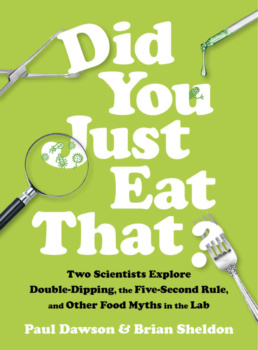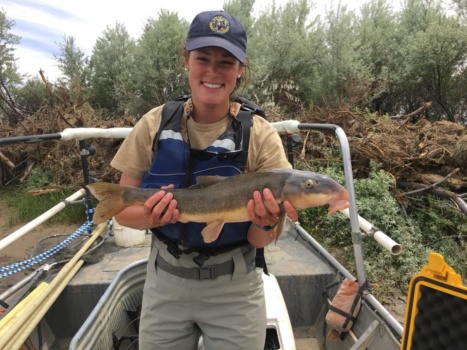Food scientists expose foodie fears in ‘Did You Just Eat That?’
November 7, 2018
CLEMSON — How many times have you dropped food on the floor, picked it back up, and eaten it, claiming, “It’s OK, the five-second rule!”? You’re not the only one.
“Did You Just Eat That?“, a new title from Clemson University food scientist Paul Dawson and co-authored by Brian Sheldon of North Carolina State University, dives into the origins of food myths exactly like the five-second rule and explains why you may want to rethinking your habits in the kitchen, bathroom and other public spaces.
 As a professor in the food, nutrition and packaging sciences department, much of Dawson’s academic career has been focused on providing answers to the question: “Can I eat that?” From faux pas such as “double dipping” and drinking out of the milk carton, Dawson’s research on common food safety practices has garnered him widespread attention.
As a professor in the food, nutrition and packaging sciences department, much of Dawson’s academic career has been focused on providing answers to the question: “Can I eat that?” From faux pas such as “double dipping” and drinking out of the milk carton, Dawson’s research on common food safety practices has garnered him widespread attention.
While his research spans far beyond gastronomic urban legends, Dawson has used projects to spark interest in the science behind food safety in both his students and the public. Many of his popular studies first took shape during brainstorming sessions in his Creative Inquiry course for which students conduct multi-semester research projects.
“I am incredibly thrilled to release this new book with one of my longtime colleagues, Brian. I look forward to the awareness it will raise for food safety,” said Dawson. “After reading this, my hope is that people will think twice. Even something as simple as eating dropped food can make you sick if a microorganism is sitting on the exact spot where the landed because it’s safe to say that microbe will end up in your mouth.”
Dawson and Sheldon take readers into their labs to explore popular food-safety and germ myths and analyze the myriad of health risks associated with these ideas, such as:
- The ways bacteria settles on a birthday cake when candles are blown out;
- How germs are spread when you share a large popcorn at the movies;
- If you cook alone, no one else would ever know the food had been on the floor;
- Why a grocery store hand dryer harbors more bacteria than one found in a gas station; and
- Whether hand sanitizer really kills 99.9 percent of germs.
By including their methods and materials in each chapter, Dawson and Sheldon leave the floor open to the public to discover for themselves why you’re right in asking, “Should I eat that?”


